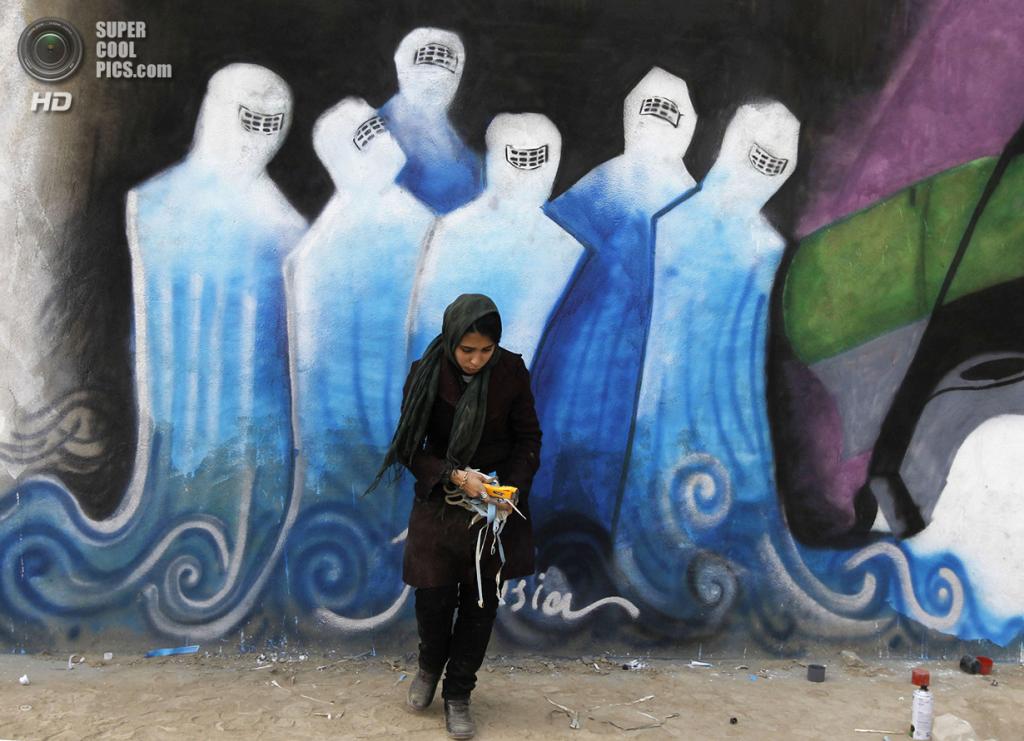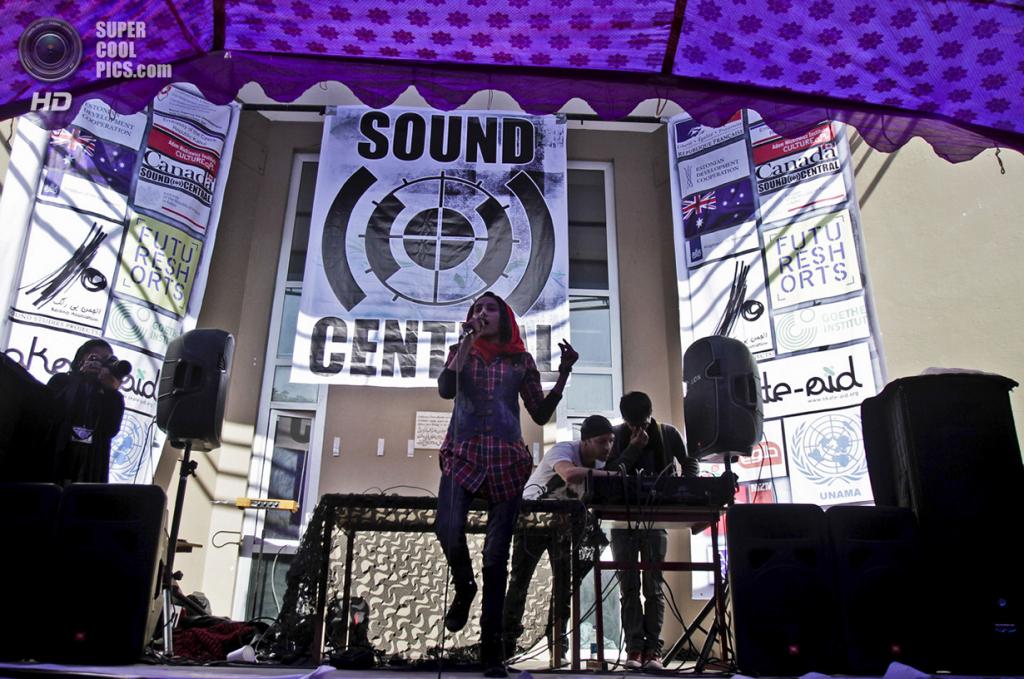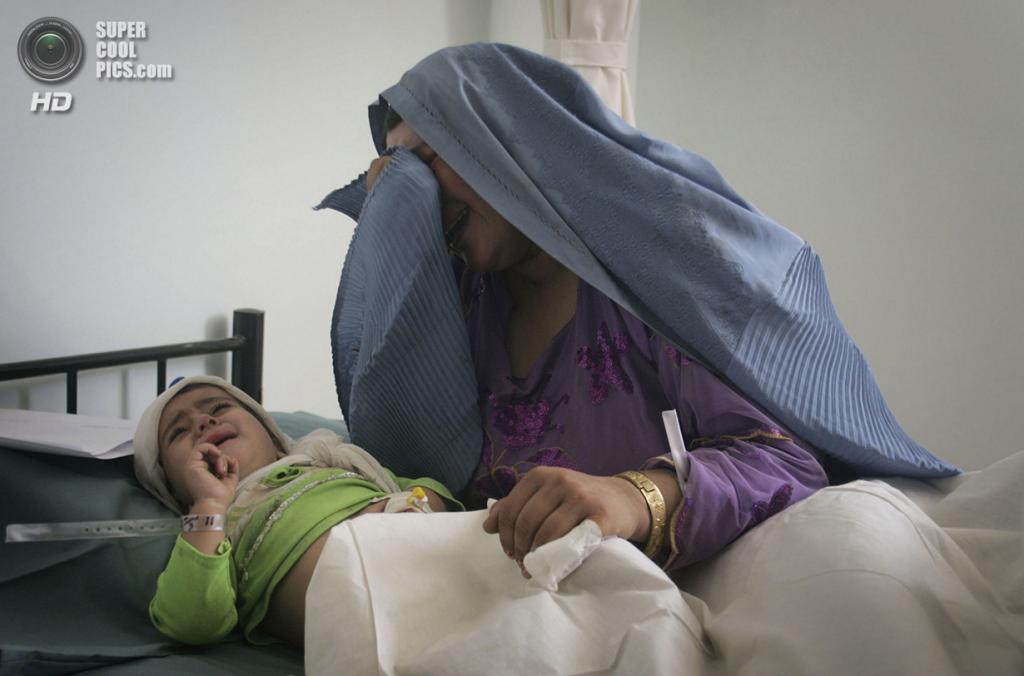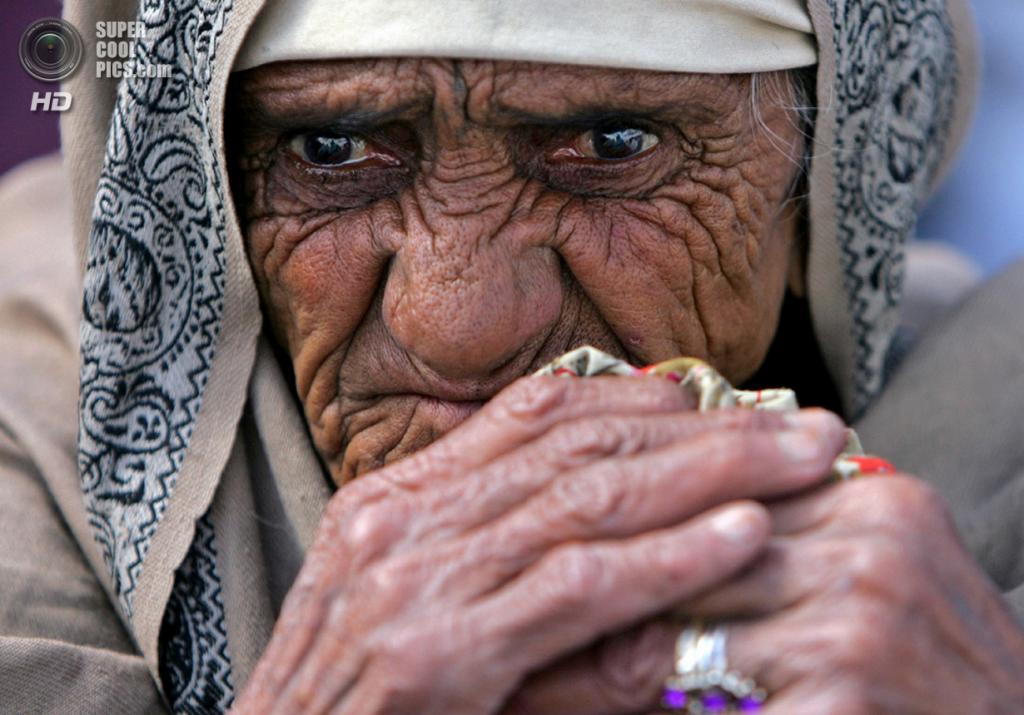Afghanistan’s first female taxi driver a disgust to male passengers
Sara Bahai, 40, grew up in a world where women were not allowed the freedom to go to school, work, have a career or dream. But since the fall of the Taliban, she’s been working as a taxi driver in Mazar-i-Sharif.
COVER ASIA PRESS
Sara Bahai, 40, has been a taxi driver on the streets of Mazar-i-Sharif, the fourth largest city in Afghanistan, for 10 years since the fall of the Taliban.
She grew up in a world where women were not allowed the freedom to go to school, work, have a career or dream.
But Sara always believed there was an independent life for her to live.
As soon as the opportunity came for her to do a professional driving course she signed up, passed and bought herself a car. Now, she is earning £5 a day driving members of the public around her bustling city.
And in a country where the first democratic presidential elections are currently being counted, Sara is excited about a new positive future for herself and other Afghan women.
But not all Sara's customers are as accepting.
'My male customers are never happy with me. They believe it's very un-Islamic for a woman to drive - they still have very primitive thinking. They accuse me of setting a bad example for women and nasty things come out of their mouths. But I do not get depressed; I tell them exactly what I think. A woman driving a car is not nonreligious and their opinions are ludicrous.'
Sara has very dark memories of her childhood. She recalls many tears and heartache from the years of war and persecution and her father was killed in action 36 years ago.
Growing up, it was easier for Sara to live as a boy and act as a tomboy because it was so difficult being a female in a Taliban run country.
Sara never had any interest in dolls growing up and always played with her brother's toy cars instead.
'I used to make cars with match boxes because my father could not afford many toys,' Sara remembers, who has never worn the all-blue Burka the Taliban had made compulsory for women on the rare occasions they left their home.
And when Sara finally got behind a wheel and drove a car for the first time she felt as if she was flying.
She said: 'The first time I drove a car I felt as if someone had given me wings. I cannot express the feeling; it was a beautiful. It was my neighbor's car and I drove for just a few miles around our neighborhood but it was enough - I was hooked. After that I was determined to learn to drive and buy my own car.'
Then, Sara decided to make money for her family and become a full time taxi driver.
Sara said: 'When people first saw me as a taxi driver they laughed at me. But it did not deter me. I was confident about my decision. I wanted to show the world that Afghanistan women are not born to just get married and have children. We can work, look after ourselves and be independent too.'
During the Taliban rule, between 1996 and 2001, they had imposed a strict version of Islamic law banning all Afghan women from work and education and had made the Burqa compulsory for women to wear outside their home.
While most women in Afghanistan are married by the age of 22, Sara decided not to and instead dedicated her life to caring for her mother Bibi, 60, and help her sister care for her seven children, after the death of her husband in 2000 during the war against the Taliban regime.
Amongst Sara's six sisters and seven brothers, Sara is the only one not to marry. But Sara has watched her sisters in very unhappy marriages. So much so Sara adopted her sisters two sons, now 12 and 18 years old and studying in school, because her husband was a drug addict and couldn't provide for them. The boys were better off with Sara who was earning enough to feed and clothe them and get them an education.
'Marriage is not always the answer,' she said. 'All my sisters got married but look at them. Some are very unhappy. I have looked after myself and now I have my sisters children to care for.'
Sara is now famous in Maza-i-Sharif and she has become the favourite taxi driver of women passengers.
She doesn't even pay a mechanic to check her car; she does all the repairs herself. And makes even more money by buying and selling second hand cars.
'Women have seen harsh years under the Taliban rule but now it's time we had freedom. Step by step it's improving. Even though Afghan women can now freely go to schools and work and open businesses, there are still a huge percentage of women who are unaware of their rights. There is still a lot to be done to improve the lives of Afghan women and I want to do all I can to help change that.'
With the general elections currently coming to a close Sara is expecting a huge change under the new President.
'The government should be paying huge attention to the peace and security of women. Women should be given bigger roles to play in our country. We should have the same rights as women across the world. I hope the government will come up with positive policies for change.'
Sara is now determined to contribute as much as she can to the prosperity of Afghan women - and she is doing that my starting her own driving school. She already has three female students learning to drive and she is getting more requests every day. She dreams of having a bustling driving school generating thousands of Afghan female taxi drivers of the future.









